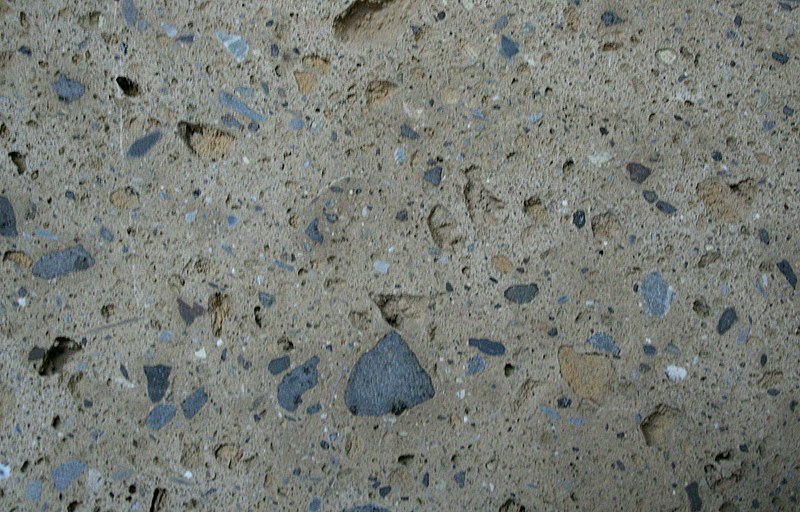qquake2k
Captain Low-N-Slow
- Joined
- Jan 26, 2010
- Messages
- 13,574
- Reaction score
- 65

One other thought... PM mrgneissguy here on the forum... he's a trained geologist and not just an enthusiastic amateur...
Good luck! OL JR
Well, a geologist that has spent the last 14 years working with soil and groundwater instead of rock, but yes, I am a geologist.
First, I should say it's tough to tell by picture, it's a lot easier by looking at it live and in person, holding it, heck...sometimes tasting it. At first glance, my initial thought was also breccia. But at a closer look, I don't think that's it. For one thing, the grains are too rounded (they should be more angular). My honest opinion, and I did get a concurring second opinion from a fellow geologist who's office is next to mine, is that it's what we refer to as urbanite. Just based on the photos, it looks like it is not natural rock, but possibly chunks of old concrete or something similar, the black portions maybe asphalt. I also notice some fibrous material on it. Is that scattered throughout, or just part of a cloth or something you wrapped it with?
I could be way off base with that assessment though. As I said, it's a lot easier when you have more than just a picture.

I think, so far, Dave has presented the most likely answer.
Ok...you just moved from the grease pit next to the outhouse to the quarry.
I always thought that the term was coprolith.
And if they are completely fossilized, them there really isn't any "copro" material left in them anymore, right?Wow, who'd have thought we'd be giving poo lessons. If a coprolith becomes fossilized, it is a coprolite.

So is this stuff tuff?
Enter your email address to join: